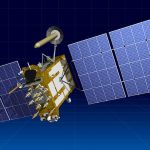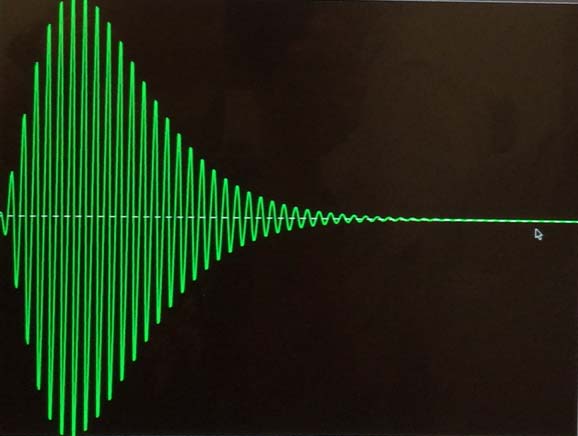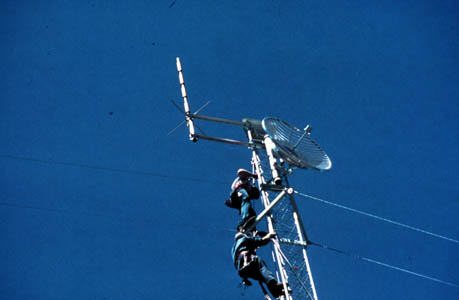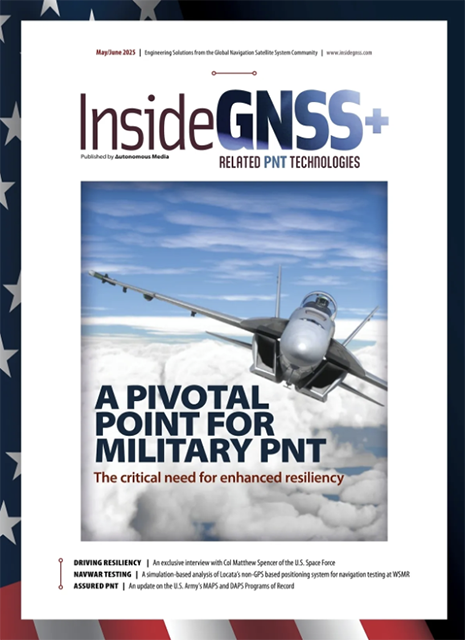Q: How well can GPS signals penetrate avalanche snow?
A: Surprisingly, GPS signals penetrate avalanche snow very well.
Q: How well can GPS signals penetrate avalanche snow?
A: Surprisingly, GPS signals penetrate avalanche snow very well.
Because snow is in part composed of frozen water, many people assume that snow has signal attenuation properties similar to liquid water. Tests have shown that even a high sensitivity GPS receiver cannot track through more than 1 to 2 millimeters of water where the majority of the GPS signal is reflected at interfaces between materials. Two such interfaces exist: an air-water interface at the surface of the water and the water-air interface around the submerged receiver antenna, which reflects what remains of the signal. Some of the attenuation is due to dielectric losses, but the majority is due to the air-water reflection.
What happens, however, when the GPS signal encounters snow?
In terms of reflection, the loss is approximately 11 dB lower for snow than with liquid water. Smaller angles of incidence of the signals improve their penetration (i.e., less reflection); thus, reflection losses are highest with low elevation satellites and satellites upslope of an avalanche slide.
(For the rest of John Schleppe’s answer to this question, please download the complete article using the link above)
Q: What is eLoran and how is it different from Loran-C?
A: Simply, eLoran (or enhanced Loran) is the latest generation of the venerable and time-tested Loran navigation system. Enhanced Loran improves upon previous Loran systems with updated equipment, signals, and operating procedures.
These changes allow eLoran to provide better performance and additional services when compared to Loran-C. Most importantly, the improvements enable eLoran to serve as a backup to satellite navigation in many important applications. At the same time, it still remains compatible with most Loran-C receivers.
Enhanced Loran is the result of a confluence of two development streams: 1) the modernization of the Loran-C system and 2) the realization that satellite navigation has tangible vulnerabilities. The second point is especially important as many components of critical economic and safety infrastructure have come to depend profoundly on position navigation and timing (PNT) services currently provided by GPS and other satellite navigation systems. Future developments in global navigation satellite systems (GNSS) will only mitigate, not eliminate, some of the vulnerabilities.
(For the rest of Sherman Lo’s answer to this question, please download the complete article using the PDF link.)





